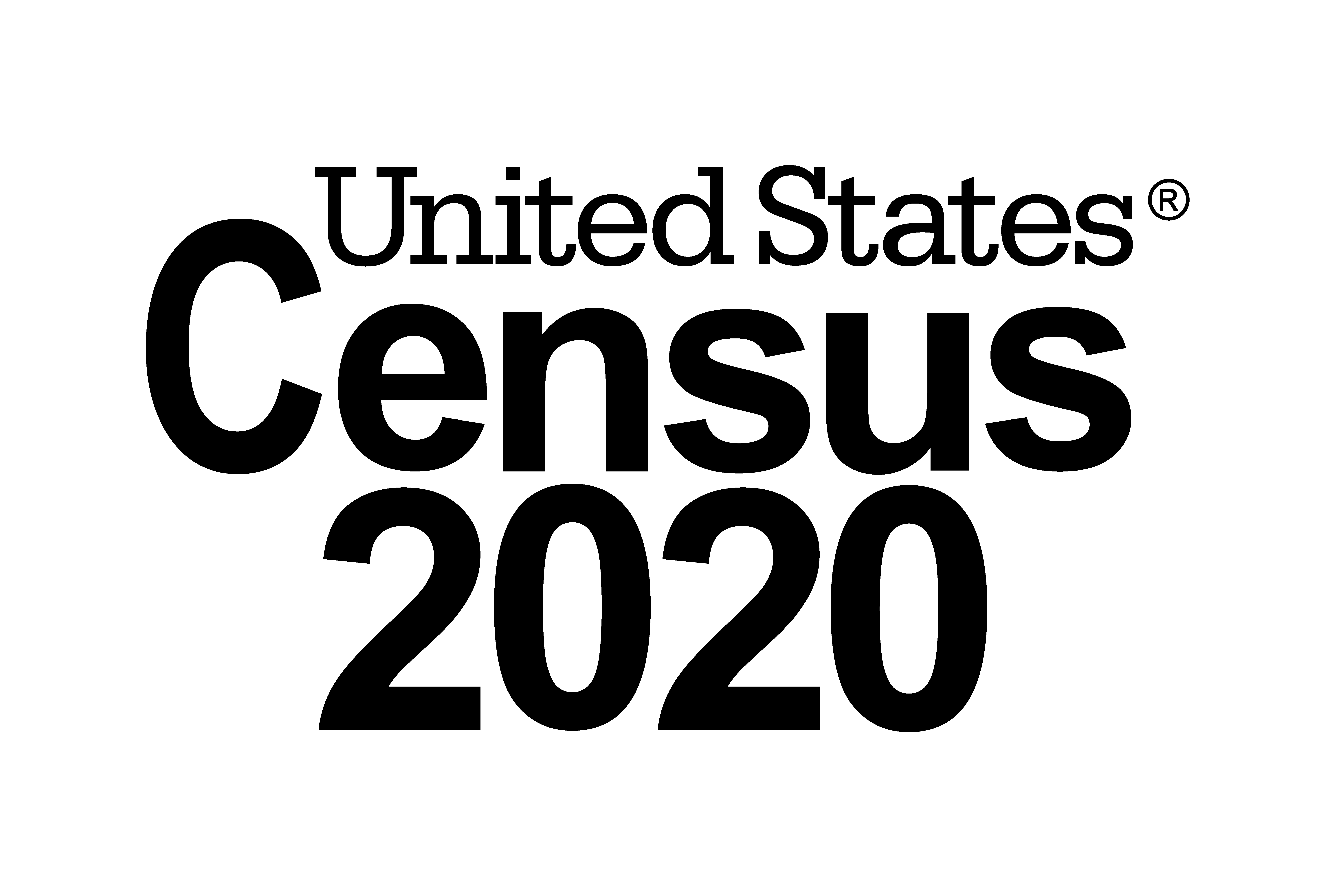The beginning of each year for many of us is a time of introspection. We reflect on the previous year, what challenges were faced, what monumental milestones happened and what goals were or were not completed. With the new year being symbolically seen as a time for fresh starts, we look forward hopefully to seeing new milestones, meeting new goals and realizing our dreams.
In true “New Year” tradition, this blog post will reflect back on 2021 but will do so on the topic of libraries and the legal issues they faced throughout the year. 2021 was the second year in a row where issues related to the COVID-19 pandemic dominated the year. Libraries were continuing to figure out the “new normal” and they were adjusting to operate in a world where masks, social distancing and frequent sanitizing were becoming the norm. Among all the normal legal issues employers and public entities face, libraries additionally faced legal issues and challenges related to mask and vaccine mandates and limitations on the use of library meeting rooms and their other public spaces.
Keeping libraries fully staffed remained an issue as frequently employees were out due to COVID-19 illness or quarantine. Story time and library programs became more challenging as the move to digital, versus in-person, programs triggered new technology and copyright challenges. There was renewed interest by libraries in patron liability waivers for programs that did occur in person, as libraries were concerned about being sued if someone got sick after attending a library event. As federal funds trickled their way down to local government entities, including public libraries, there were questions about the steps needed to legally receive and use the funds and how to account for such funds in library financial records.
The Indiana General Assembly enacted several laws related to local government and the pandemic that impacted libraries as well. For example, the General Assembly enacted a law that broadened the authority of local government, including libraries, to hold meetings electronically. Additionally, express authority was granted legislatively for important government documents to be signed electronically. Both of these changes were in response to the need for libraries and other local government entities to be able to continue to govern and maintain operations in the face of public health emergencies and other disasters. The General Assembly also passed a law that prohibited local government entities from requiring vaccine passports (proof of vaccine) making it more challenging for libraries with vaccine mandates to know for sure staff had been vaccinated.
Added to the mix of COVID-19 related issues were the individuals doing “First Amendment audits.” First Amendment audits are when a person or people enter and walk through the library (or post offices or court houses or other government/public settings) with a video camera to record their experience. If the person or people recording are able to record uninterrupted, the public agency is said to have passed the audit. Questions and concerns around patron privacy and how much libraries could legally intervene in such situations were common throughout much of the year.
As 2021 progressed, we grew to realize that the pandemic, while evolving, was not ending. As a result, goals for 2022 include continuing to find creative ways to provide effective uninterrupted library service while keeping library staff and patrons as safe as possible. One of the things libraries are doing is increasing electronic resources and internet accessibility for patrons. Another thing libraries are doing is allowing groups to use meeting rooms and study spaces but limiting capacity so that groups can social distance. Many in-person programs have resumed but have limited attendance capacity to facilitate social distancing. Enhanced sanitation practices continue.
Over time, libraries have evolved from being primarily book repositories and research institutions to being community hubs where you can hang out with your friends, hold study groups and community meetings, and find help, resources and programs on just about any topic. Libraries are resilient and accustomed to adjusting with the times. The challenges of the pandemic notwithstanding, your local library continues to remain one of your community’s best assets. Make it a resolution this year to learn about all the resources your local library provides. You might be surprised at what you find.
This blog post was written by Sylvia Watson, library law consultant and legal counsel, Indiana State Library. For more information, email Sylvia.



